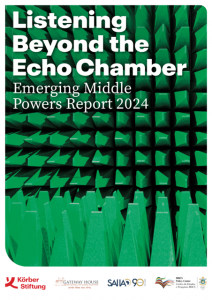
We’ve been raising over recent Posts, well at least one, the evident diminishing of multilateralism in today’s global order – with consequences of course. We’ve raised the concern that many, if not most of the formal multilateral institutions starting with the UN and the IFIs and the many specialized agencies have struggled to advance global governance policies. I have been contemplating this since my Substack colleague Peter Singer wrote a Post (‘UN leadership: relentlessly focused on results?’) followed up with another Post, ‘How Should Bill Gates Spend $200 Billion?’ Especially with the former Post, Peter targeted UN leadership – especially in light of upcoming leadership changes including a new Secretary General. In his Substack, ‘Global Health Insights’, he wrote:
“A key lever is leadership. Over the next three years, (at least) three major UN bodies will select (or elect) new leaders: the United Nations Development Programme (UNDP) in 2025, the UN Secretariat in 2026, and the World Health Organization (WHO) in 2027. The future of the UN may well hinge on whether these new leaders possess one crucial characteristic: a relentless focus on results.”
“Each of these organizations plays a vital role in advancing the UN’s mission, from tackling global poverty (UNDP) to global health (WHO), to peace and security and coordination of the UN system (UN). Yet despite their importance, the UN system has often struggled to deliver timely, measurable outcomes—an issue exacerbated by dwindling trust and funding. With Sustainable Development Goals (SDGs) badly lagging and support for the UN increasingly under threat, the need for results-focused leadership is more urgent than ever.”
“The UN desperately needs leaders who are singularly focused on delivering measurable results. Without results, there is no trust; without trust, there is no funding. Results must be the cornerstone of any leadership candidacy.”
Now Peter has been much closer to some of these multilateral institutions than I have so I suspect he has seen leadership up close. But I still worry that national commitment to advance collective action remains the heart of the current global governance problem.
I was struck by this example, recently. This is the effort to conclude a Plastics Treaty. A multilateral agreement on such a Treaty was to have been concluded at Busan Korea last year. It wasn’t. So let’s take a look. Patrick Schroeder is now at Chatham House in the UK, and before that a research fellow at the Institute of Development Studies at the University of Sussex and even earlier he was based in Beijing, where he worked extensively on development cooperation programmes for the European Union and climate change initiatives with the German Corporation for International Cooperation (GIZ) on the question of the Treaty. As Schroder pointed out in his piece at Chatham House, late in 2024 titled, “The failed Busan negotiations show good science and flexibility are needed to secure a plastics treaty”:
“The Intergovernmental Negotiations Committee on Plastic Pollution (INC) had a clear mandate from the United Nations Environment Assembly in 2022 to conclude the negotiations by the end of 2024. However, the lengthy and complex process was marked by intense debates and competing national interests.”
The problem as he pointed out:
“In the final phase, two major country blocs emerged. A larger group of over 100 nations supported a comprehensive approach to end plastic pollution.”
This larger group sought to:
“… include limiting upstream production of plastic polymer feedstocks and harmful chemicals used in plastics, while not restricting the treaty’s scope to the sustainable design of products and waste management.”
But there was a smaller group:
“A smaller but influential bloc, consisting of fossil-fuel producing countries such as Saudi Arabia and Russia, resisted efforts to include measures regulating upstream production. This division created significant tension and stalled progress.”
“Production caps have been identified by scientists as a key mechanism to reduce plastic pollution. Modeling by the University of California Berkeley shows that a cap on global virgin plastic production at 2020 levels would yield a reduction of mismanaged plastic waste in 2050 from 121 to 72 Mt.”
The result according to Schroeder:
“A deadlock over the proposed Article 6 on production caps or reduction of primary plastics production has left the negotiations at an impasse that threatens meaningful progress.”
“The lack of willingness to compromise on both sides and inability to find common ground poses a significant risk to the effectiveness of the negotiations. Without a pathway to reconcile differing priorities, the risk increases of a fragmented agreement or outright failure.”
“Such rigidity not only delays progress but also erodes the spirit of collaboration necessary to tackle global challenges such as plastic pollution, setting a dangerous precedent for future negotiations on critical environmental issues.”
And now look at the continuing reporting of multilateral results for achieving the Sustainable Development Goals (SDG). As IISD reports for the annual High Level Panel Forum (HLPF) due this coming July:
“Titled, ‘Progress Towards the Sustainable Development Goals,’ the May 2025 report uses inputs from more than 50 international and regional organizations to assess progress made since 2015 against the global SDG indicator framework. It finds that the world is on track to meet or is making “moderate” progress on 35% of the 137 SDG targets with available data. It also shows that progress on 47% of the targets is insufficient, and 18% of the targets have regressed from the 2015 baseline. The report “reaffirms the imperative to intensify efforts to reverse these trends” in the five years that remain until the 2030 deadline.”
“To “reverse alarming trends and consolidate hard-won gains,” the report calls for urgent action around six “collectively agreed-upon” transitions to drive transformative change: food systems; energy access and affordability; digital connectivity; education; jobs and social protection; and climate change, biodiversity loss, and pollution.”
“Highlighting sustainable development as a core pillar of multilateral cooperation, as reaffirmed by the Political Declaration of the 2023 SDG Summit and the 2024 Pact for the Future, the report underscores that “[s]ustained multilateral engagement is essential to keep the SDGs within reach.”
Is UN leadership the central issue – possibly, but the central focus does seem to me to lie with collective national action. And it may be that something less than full multilateral collective action may be a start to the answer. Thus a subset of the full multilateral group, a plurilateral group of members, could gather and agree amongst themselves on agreed percentage cuts to imports for these plurilateral members. Begin the process and aid in the transition away from plastics. And as for the SDGs, a plurilateral group of members could announce enhanced targets for the group of six “collectively agreed-upon” transitions. These are just two collective action moves. I am sure there are significant others and I would additionally suggest bringing on board as many of the G20 members – we know the Trump US will not – but others may act collectively and possibly initiate and commence action by significant subset of this key Informal.
Consensus needs to be set aside for the moment. For now in this fractured global order creative plurilateral effort is, I think, a key to moving collective global governance action. Action is required, and I anticipate, build on itself. It starts though with forward action even if we start with plurilateralism.
This orinally appeared as a Post at Alan’s Newsletter – https://globalsummitryproject.substack.com/p/leadership-or-possibly-plurilateral

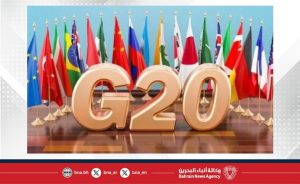
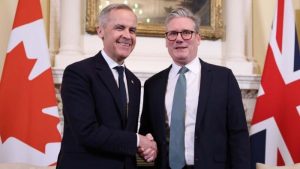
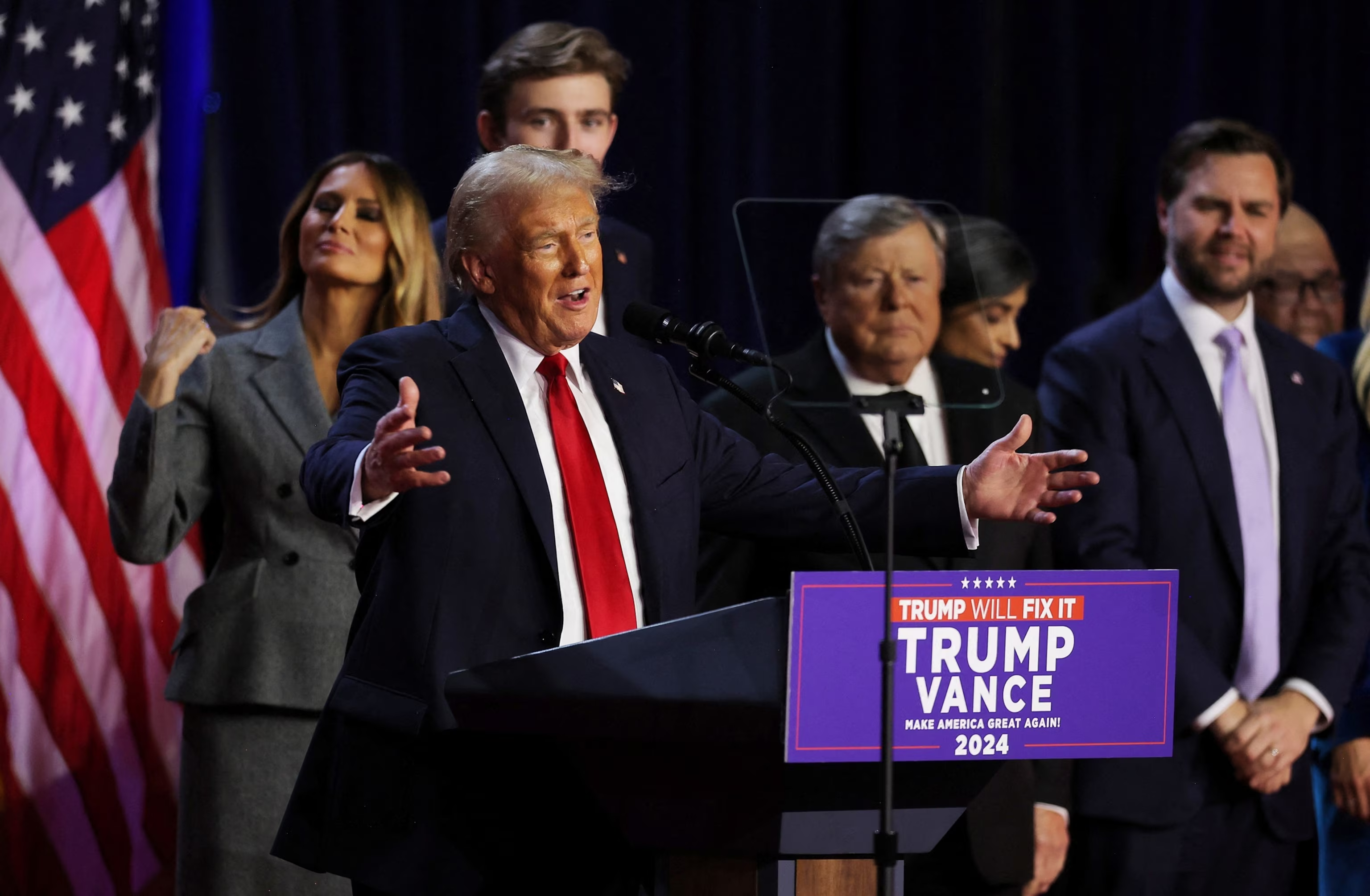 Now we are out a bit early. But that’s not surprising because of the US national elections on Tuesday night. So a few thoughts on that and then a redirection to the, “what do we do about the global order in the light of Trump’s return, including many of his former advisers, to the White House”
Now we are out a bit early. But that’s not surprising because of the US national elections on Tuesday night. So a few thoughts on that and then a redirection to the, “what do we do about the global order in the light of Trump’s return, including many of his former advisers, to the White House”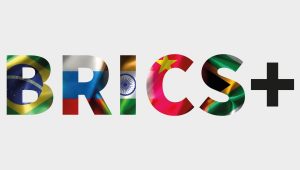
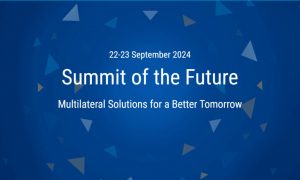 So, we are closing in on the consequential “
So, we are closing in on the consequential “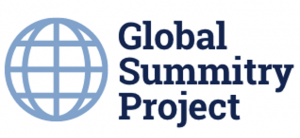 “Advancing global governance and human security for a better future”: A Symposium hosted by the Center for China and Globalization (CCG), America-China Public Affairs Institute (ACPAI) and the China-West Dialogue (CWD)
“Advancing global governance and human security for a better future”: A Symposium hosted by the Center for China and Globalization (CCG), America-China Public Affairs Institute (ACPAI) and the China-West Dialogue (CWD) 
